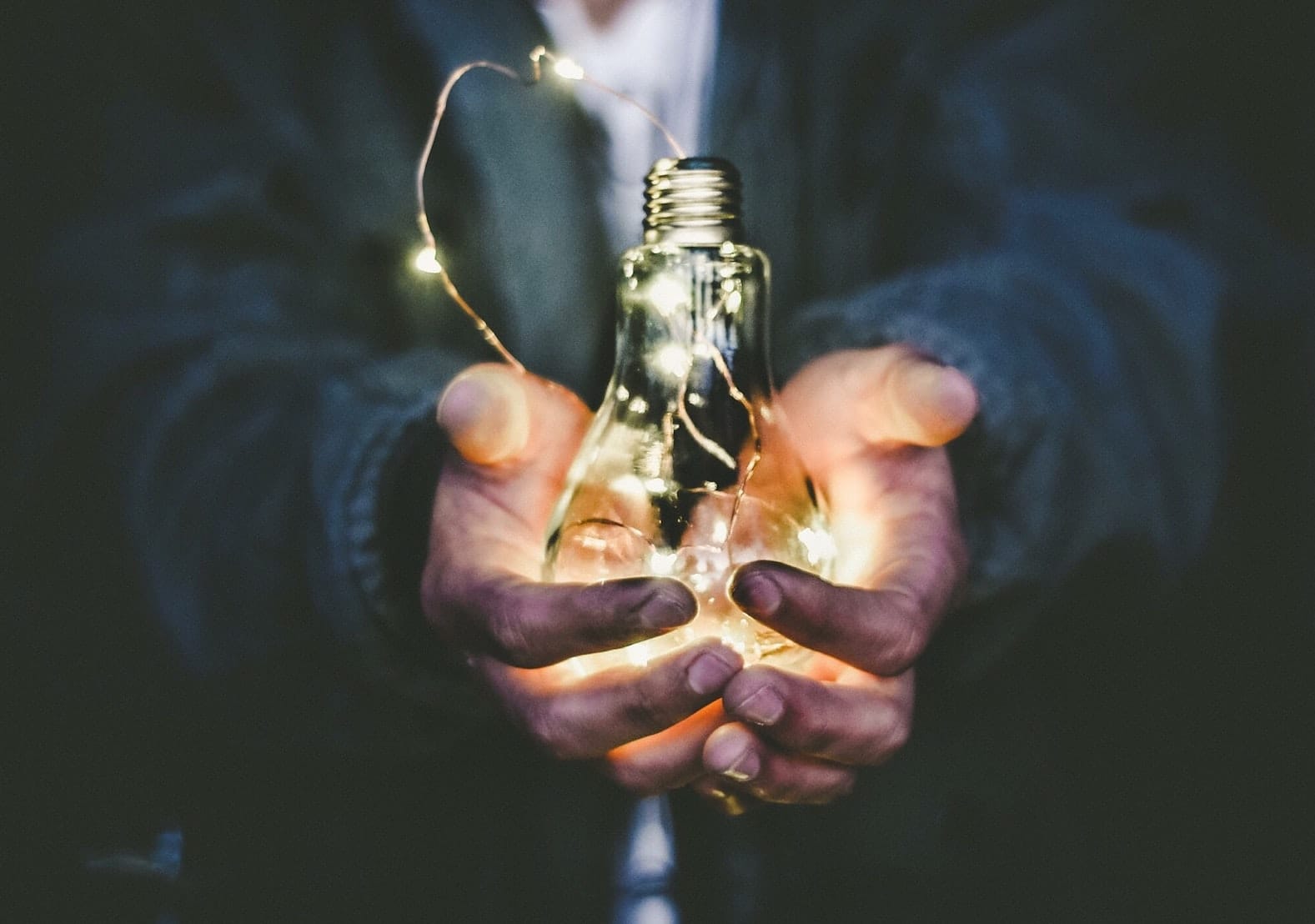Table of Contents
Saving energy is extremely important in this current time. Not only does it result in greener earth and less wasting of valuable resources, but it can also save you a large amount of money! Here are some tips that will make you cozy and comfortable during the winters while simultaneously saving a lot of energy.
1. Use the sun!
Winters can be extremely cold, but if you take advantage of the sun, i.e., keep your south-facing window curtains open during the day, it can be beneficial as you can naturally heat your home. You should also plant deciduous trees on the south-facing side of your home as they will let the light and heat enter the windows during the winters.
2. Heating systems should be maintained:
Many of us have sufficient heating systems in our homes that protect us against the cold, harsh winters, but over time the heating systems need to be serviced in order to be at their most efficient. Furnaces, heat pumps, and heaters are great tools during the winters, but if you let them work while they are not at their best and need to be serviced, you’re going to end up wasting a lot of energy!
3. Use a programmable thermostat:
A thermostat is a great way of maintaining a warm and cozy temperature during the winters, but with a manual thermostat, all the work of maintaining the temperature is entirely up to you. This might result in wastage of energy, so the best solution is a programmable thermostat that can change the temperature according to the weather and your schedule. This is one of many winter energy saving tips!
4. Check your water heating:
We have a tendency to use extremely hot water during the winters, which can even be bad for our skin and hair, on top of the excessive energy wastage. Make sure you turn your water heater temperature down to a warm to the hot setting rather than extremely hot!
5. Cover breezy windows:
Windows can let in a cold breeze during the winters resulting in the internal temperature of the house getting lower. To fix this problem, we use heavy-duty plastic sheets or tape films of plastic fitted in the window frames in order to increase insulation within the house. Other methods include using specially insulated, tight-fitted shades or drapes.
6. Air seal your home:
Air leaks and gaps around the house can result in the natural insulation of the house deteriorating. To counter this, you need to seal gaps and cracks around the house because if done properly, you can end up saving up to 10% on home insulation expenses. If you have a brick fireplace, you’ll need to be conscious of potential air than can leak through the chimney.
7. Adjust your lighting:
You should use LED bulbs as they are up to 80% more energy efficient than the average incandescent bulb. As mentioned before, utilize the natural lighting of sunlight in your house. This can be a cost-effective and energy-efficient technique.
8. Don’t waste fireplace heat:
Make sure you keep your fireplace damper closed while you’re not using it! Otherwise, this will result in your fireplace taking more time to heat up.
Making your house more energy-efficient during the winters is a great idea, financially and environmentally. Hopefully, these tips give you ideas of what changes you need to make!
Featured Image Credit: Riccardo Annandale on Unsplash


